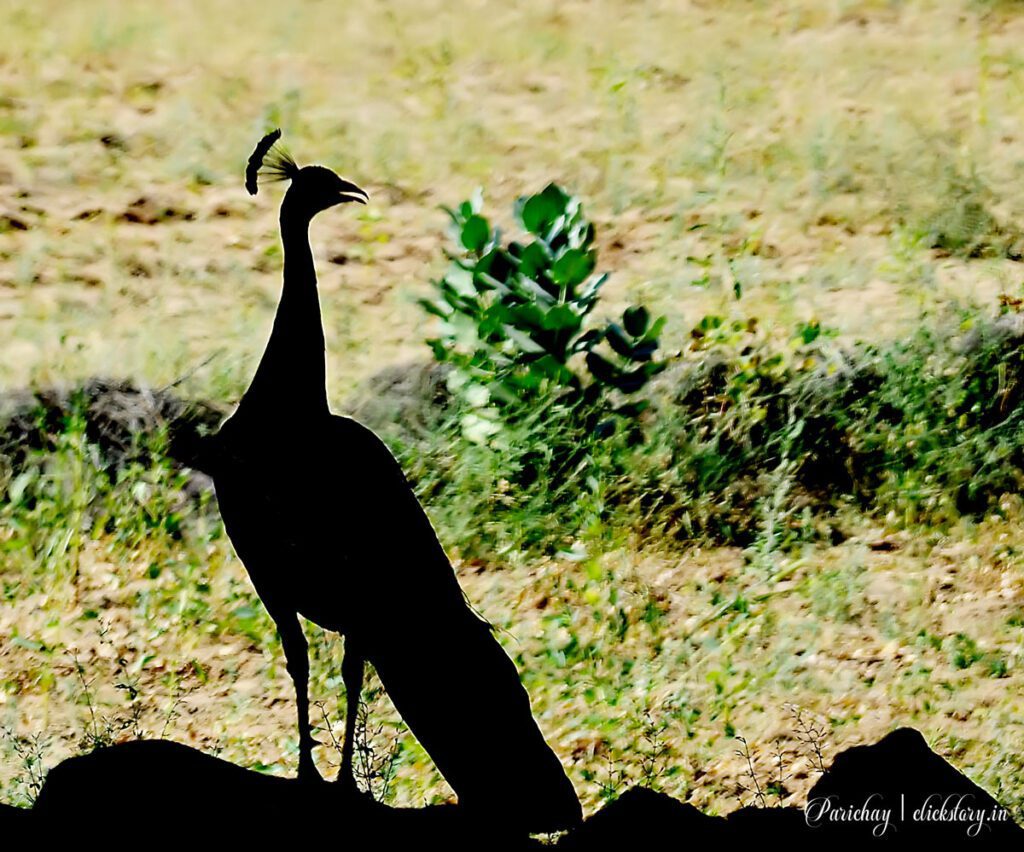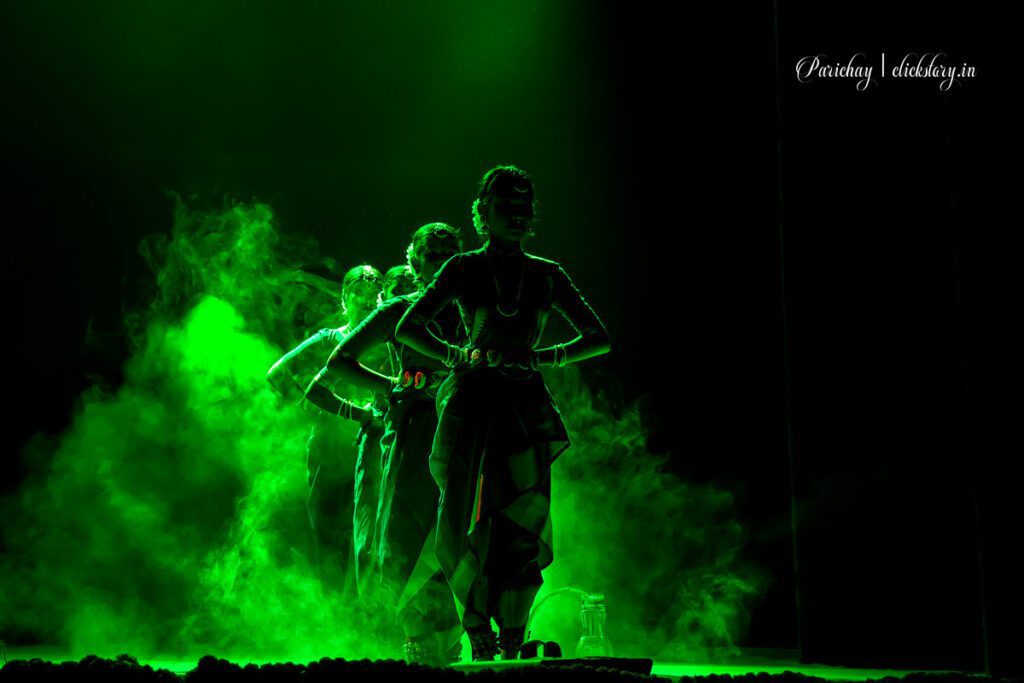Framing, in the world of photography, is a crucial aspect of composition that can greatly elevate a photograph. It goes beyond simply pointing and shooting, requiring careful consideration of various elements such as lighting, subject matter, and composition. Capturing a stunning image begins with the intentional framing of the scene, setting the stage for a visually captivating result.
Framing involves using elements within the scene to draw attention to the subject, create depth, and provide a sense of context and storytelling. Let’s delve into the art of framing in photography and discover how it can transform your images into compelling visual narratives.

What is Framing?
Framing in photography is the technique of using elements in the foreground or background to enclose or surround the main subject. These elements act as a frame within the frame, leading the viewer’s eyes towards the subject and emphasizing its importance. By strategically incorporating objects or elements into the composition, photographers can add depth, context, and visual interest to their images.

Types of Frames
Frames can be found in various forms, both natural and man-made. Here are a few common types of frames used in photography:

- Archways and Doorways: These structures create a natural frame, inviting the viewer to step into the photograph and explore what lies beyond.
- Windows: Whether capturing a subject framed by a windowpane or shooting through a window to frame the scene outside, windows offer a fascinating way to add depth and context to an image.
- Foliage: Trees, leaves, and branches can be utilized to frame the subject, adding a sense of serenity, texture, and visual interest to the composition.
- Frames within Frames: This technique involves finding objects or structures within the scene that naturally form a frame, such as a window within a building or a hole in a wall.
- Shadows: Shadows can be employed as powerful framing elements, creating intriguing shapes and silhouettes that guide the viewer’s attention towards the subject.
Benefits of Framing


- Visual Focus: By enclosing the subject within a frame, photographers direct the viewer’s attention precisely where they want it. This technique ensures that the subject becomes the focal point of the image, eliminating any distractions.
- Depth and Dimension: Frames help create depth and dimension within a photograph by adding foreground or background elements. This adds layers to the composition and makes the image visually more engaging.
- Context and Storytelling: Frames provide a sense of context and storytelling to an image. By incorporating elements such as archways, doorways, or windows, photographers can give viewers a glimpse into the environment surrounding the subject, helping to tell a more comprehensive story.
- Aesthetic Appeal: Framing elements often contribute to the overall aesthetics of the photograph. They can introduce symmetry, leading lines, patterns, or contrasting colors, enhancing the visual appeal and creating a more pleasing composition.

Tips for Effective Framing
- Experiment and Observe: Train your eye to spot potential framing opportunities in your surroundings. Look for archways, windows, trees, or any other objects that could serve as frames. Experiment with different angles and perspectives to find the most effective framing composition.
- Simplify and Eliminate Clutter: Frames work best when they simplify the composition and eliminate distracting elements. Ensure that the frame enhances the subject rather than overwhelming it.
- Pay Attention to Scale: Consider the size and proportion of the framing elements in relation to the subject. A frame that is too dominant may overshadow the subject, while a frame that is too small might not provide enough impact.
- Use Leading Lines: Incorporate leading lines within the frame to guide the viewer’s gaze towards the subject. These lines can be natural elements like branches or man-made objects like fences or railings.
- Experiment with Light and Shadows: Utilize the interplay between light and shadows to create interesting framing effects. Shadows can add drama and intrigue to the composition, while light can highlight the subject within the frame.

[mc4wp_form id=”20969″]
Conclusion
Framing is a powerful technique that can transform an ordinary photograph into a visually captivating image. By using elements within the scene to frame the subject, photographers can guide the viewer’s gaze, add depth and context, and create compelling visual narratives. So, the next time you’re out capturing photographs, remember to look for those natural frames that can elevate your images to new artistic heights.










striking